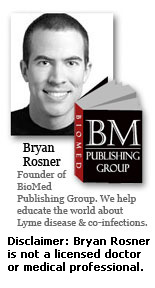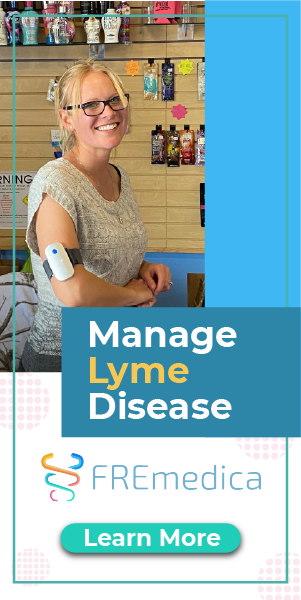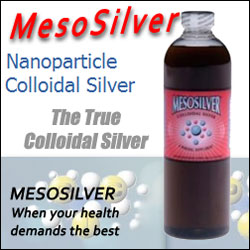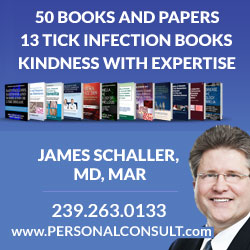The Long Recovery Process
By Bryan Rosner on Apr 6, 2008 in The Recovery Process
Many people believe they can heal from Lyme disease relatively quickly. This is not the case. It can take months or years to heal. This requires a careful treatment plan that utilizes non-toxic therapies so as not to bombard the body with toxic treatments (such as antibiotics) for years at a time. This post is an excerpt from my book Lyme Disease and Rife Machines and it looks at the long recovery process.
 Achieving maximum improvement (remission for some people) typically takes between 6 and 40 months, depending on the severity of the infection and other situation-specific variables. Significant progress and signs of relief often occur early in the process.
Achieving maximum improvement (remission for some people) typically takes between 6 and 40 months, depending on the severity of the infection and other situation-specific variables. Significant progress and signs of relief often occur early in the process.
The long recovery process unfortunately causes some people to abandon rife therapy too early. These people use the machines a few times, give up because nothing magical has happened in the first few weeks, and move on to try other things. This is unfortunate because even the people who did get well with rife machine technology say that it took a long time to notice results.
Treating more often does not accelerate progress. A person who uses their rife machine twice per week does not recover faster than a person who uses it twice per month. The healing time frame depends on the lifecycle of the bacteria, not the treatment schedule.
It is helpful to tell family members and friends about the long road to recovery so they can be prepared to support you. Many Lyme Disease sufferers are faced with doubt and skepticism from family members who think the patient is “faking it” or “wants to stay sick” or is “too lazy to go back to work.” These accusations are false. The fact that you are suffering and feel bad much of the time is not a reflection of your character any more than a tumor is a reflection of a cancer patient’s character. You are sick and you deserve time to recover.
Family members should be warned that discouraging, disbelieving attitudes can have a tremendously negative impact on the patient, often causing feelings of isolation and despair. This book should help provide scientific evidence to show your family that a long recovery process is unavoidable.
|
Month |
Comments |
Improvement |
|
1-4
|
The initial months can be difficult |
10% |
|
5-16 |
Most dormant layers of the infection |
50% |
|
17-28 |
Symptoms continue to improve and herx |
70% |
|
29-40 |
Some time during this period the |
70%-100% |








